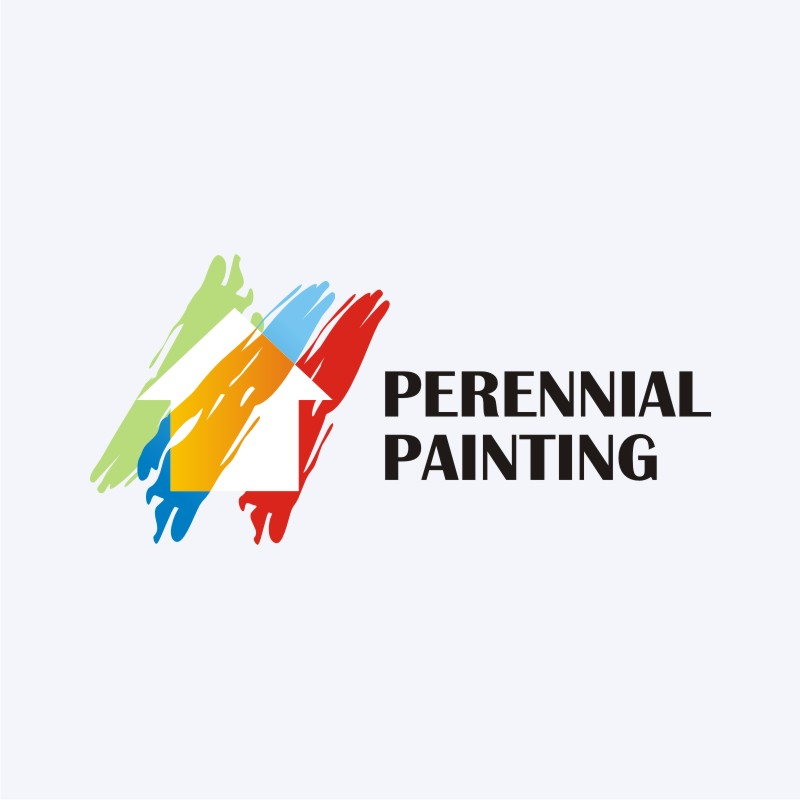A Step-By-Step Guide To Preparing An Industrial Building For Exterior Paint
A Step-By-Step Guide To Preparing An Industrial Building For Exterior Paint
Blog Article
Web Content Created By-Bjerg Giles
When you're preparing a commercial structure for outside painting, it's vital to take a systematic strategy to make sure the job's done right. You'll begin by evaluating the surface conditions, looking for any kind of wear or moisture that may affect the paint's attachment. Picking the ideal materials and tools tailored to your details surface areas is essential, but that's simply the beginning. Conformity with neighborhood laws and safety and security standards additionally plays an essential function. As you consider these factors, you could question what steps follow to guarantee a smooth and enduring finish.
Assessing Surface Area Conditions
Examining surface conditions is important before diving right into external paint for an industrial building.
Start by examining the surface areas extensively. Try to find indicators of wear, such as peeling off paint, fractures, or mold and mildew. You'll intend to identify any locations that require repair; if left unaddressed, these problems can jeopardize the new paint job.
Next off, check the substrate product. Various materials, like wood, metal, or stucco, might need details treatments or repairs. For example, deteriorating wood needs replacing, while rusted metal might require sanding and priming.
Don't ignore wetness levels. Use a wetness meter to evaluate if the surface areas are too damp for painting. High wetness content can cause peeling off and blistering in the future, so ensure every little thing's completely dry prior to proceeding.
Finally, examine the cleanliness of the surfaces. Dust, grease, and gunk can avoid paint from adhering correctly. A comprehensive cleansing typically saves you money and time in the long run.
Picking Products and Devices
Choosing the right products and devices is crucial for a successful external painting job on an industrial structure. Start by choosing top notch paint suited for the building's surface area and local climate. Look for outside paints that provide resilience and UV resistance. If you're dealing with wood, pick a paint particularly designed for that material to avoid peeling or blistering.
Next, gather the needed tools. A durable ladder or scaffolding is vital for getting to higher areas securely. Buy good-quality brushes and rollers; these will certainly supply much better protection and a smoother finish. Don't neglect to pick up a paint sprayer if you're dealing with big surface areas, as it can save time and make sure an even application.
Additionally, think about safety gear like handwear covers and masks to make sure safety while functioning. You might likewise require drop cloths to shield the ground and surrounding areas from paint splatters.
Ensuring Compliance and Safety
Before beginning your outside painting job, it's important to make certain conformity with neighborhood guidelines and safety criteria.
Begin by checking with your local government for any authorizations called for to undertake your painting project. Some areas might have restrictions on the types of products you can utilize or certain standards for color choice.
Next, familiarize on your own with safety and security criteria that relate to commercial structures. hire a painter includes making sure that your worksite is free of hazards. Establish proper barriers and signage to keep pedestrians and staff members risk-free from any type of prospective mishaps.
If your building is tall, see to it you have the ideal scaffolding or ladders that satisfy security guidelines.
Additionally, think about ecological regulations regarding paint disposal and overflow. Usage environmentally friendly paints whenever feasible, which can reduce your impact on the environment and guarantee conformity with local legislations.
Ultimately, if you're hiring service providers, confirm that they've the needed licenses and insurance coverage. This not just safeguards you yet also guarantees that they comply with safety protocols.
https://www.tomsguide.com/how-to/how-to-paint-a-room
In conclusion, appropriately preparing your commercial structure for exterior paint is crucial for achieving a specialist surface. By analyzing surface conditions, choosing the appropriate materials and tools, and ensuring conformity with security policies, you established the stage for success. Don't forget to remove the worksite and arrange your tools for efficiency. With these actions, you'll not only improve the building's look but likewise safeguard your investment for many years to come. Happy paint!
